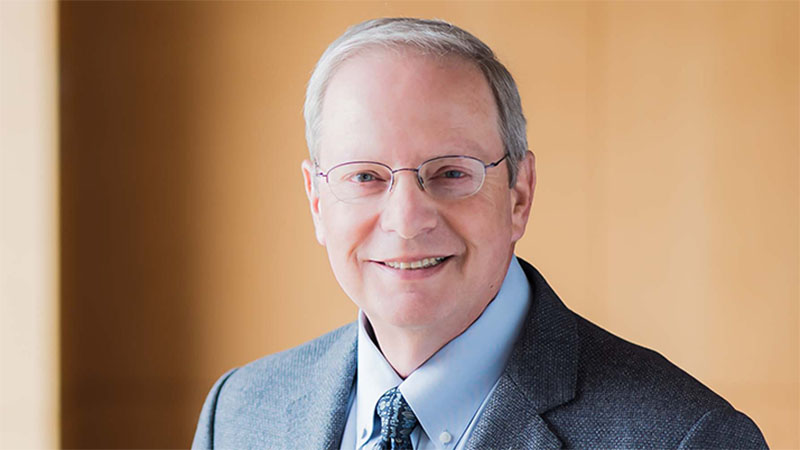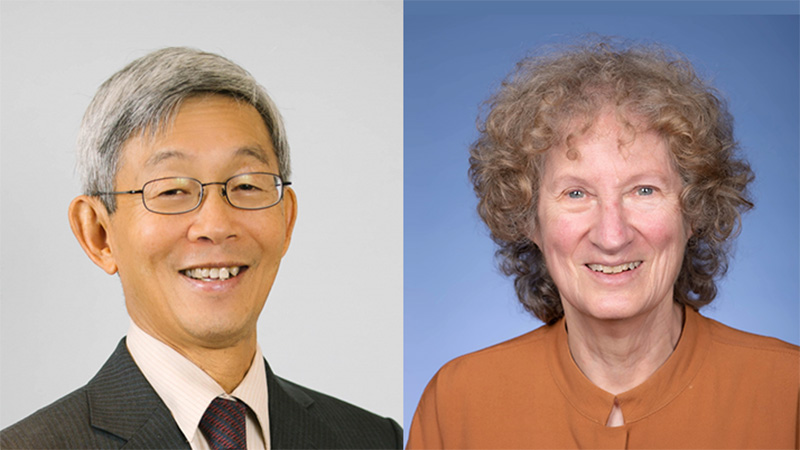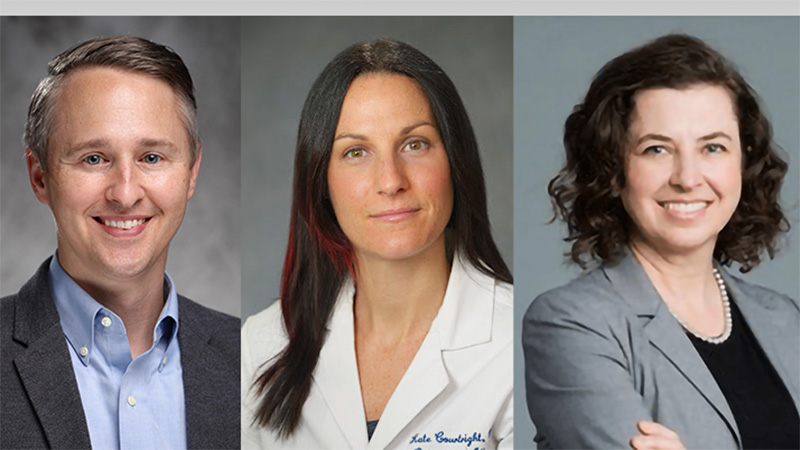There is very eloquent letter from Richard Stefanacci and colleagues in the June edition of the Journal of the American Geriatrics Society about the relationship between the AMA and the AGS. (Stefanacci RG; Wasserman MR; Beers MH. Moving Beyond the American Medical Association. JAGS;2009:1117-1118).
The context is as follows. The AMA sponsors the resouce-based relative value scale updates committee (RUC). This very obscure sounding body is VERY important. It advises CMS on updates to the system that determines how physicians will be paid for their services. This is the system that ultimately results in much greater payments for procedural care than for services based primarily on talking to or examining patients. The reason the RUC is so important is that CMS accepts the vast majority of its recommendations. One way of looking at this: The CMS essentially relies on the AMA (via the RUC) to determine the relative value of physician services. The current approach to payment for these services is one of the most important factors limiting the development of Geriatrics and Palliative Care.
The AGS has been pushing its members to join the AMA. The AMA gives specialty societies a seat in its house of delegates (its primary policy making body) based on the number of specialty society members in the AMA. Without a seat in the house of delegates, the AGS will not have a representative on the panel which revises the billing codes considered by the RUC. The AGS is in danger of losing its seat in the House of delegates because relatively few of its members have joined the AMA.
It would be a mistake to believe that low AMA membership rates in the AGS reflect just an oversite or avoidance of membership dues by AGS members. Many AGS members have made an active decision not to join the AMA. There are many reasons for this, but most revolve around a belief that many of the actions the AMA takes do not reflect our values. Some feel the AMA has sometimes acted more as a trade organization than a professional organization. In fact, only a minority of US physicians are members of the AMA. Despite common misperceptions, the AMA should not be viewed as the voice of US physicians.
I agree with the letter writers that the AGS is pursuing the wrong strategy by encouraging its members to join the AMA. Rather than begging for a seat at this very broken table that is stacked against primary care, geriatrics, and palliative care, the AGS should be actively lobbying for a new table. The AGS should collaborate with partners such as SGIM and the AAFP to encourage CMS and congress to end the RUC, as it is currently structured. Our lobbying efforts and lobbying dollars should push for a new process that is independent of the AMA.
Drs. Stefanacci, Wasserman, and Beers said this very nicely:
“The AGS is seeking a seat at a table we have no business dining at. The time has come for the AGS and its members to step away and forge a new path so we can fulfill our vision of assuring that every older American receives high-quality patient-centered care. Membership in the AMA works against this goal. Furthermore, by participating in the present system, the AGS only lends credence to CMS’s view that the RUC represents all physicians”
Many thanks to Drs. Stefanacci, Wasserman, and Beers.



